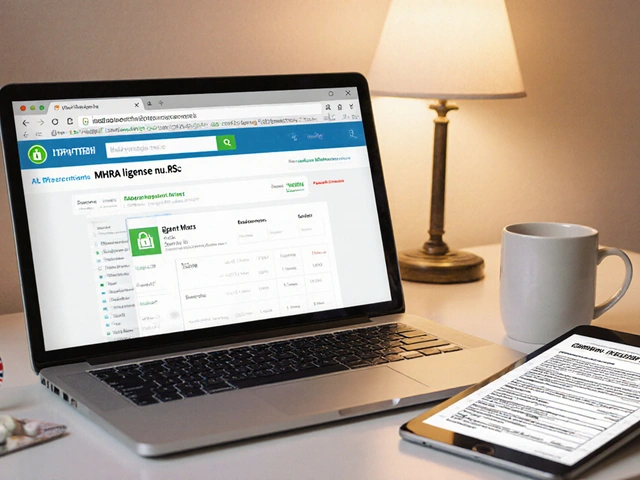Clomifene Citrate in the UK: What You Need to Know
If you’ve been told you need a fertility boost, chances are you’ve heard of clomifene citrate. It’s a pill that helps the ovaries release eggs, making it a common first‑line treatment for women trying to conceive. In the UK, it’s sold under several brand names and is available on prescription only.
Here’s a quick rundown of the basics – why it’s used, how it’s dosed, what side effects to watch for, and where you can get it safely.
How Clomifene Works and Who Uses It
Clomifene is a selective estrogen receptor modulator (SERM). It tricks the brain into thinking estrogen levels are low, which triggers the release of follicle‑stimulating hormone (FSH). More FSH means the ovaries are more likely to release a mature egg each cycle.
Typical candidates are women with polycystic ovary syndrome (PCOS), unexplained infertility, or those who haven’t ovulated regularly. Men sometimes use it off‑label to boost testosterone, but that’s less common in the UK.
Typical Dosage and How to Take It
Doctors usually start you on 50 mg per day for five days, beginning on day 2, 3, 4, or 5 of your cycle. If you don’t ovulate, the dose can be increased to 100 mg, then 150 mg, and finally 200 mg per day. The goal is the lowest dose that gives you a successful ovulation.
Take the pill with a glass of water, preferably at the same time each day. Some people experience nausea, so taking it after a light meal can help.
Blood tests or an ultrasound are done about a week after the last dose to see if ovulation happened. If it didn’t, your doctor will adjust the dose.
Common Side Effects (and What to Do About Them)
Most side effects are mild and go away on their own. Expect occasional hot flashes, bloating, breast tenderness, or mood swings. Nausea is also common; ginger tea or a snack can ease it.
Watch out for more serious signs like visual disturbances (spots or flashes), severe abdominal pain, or signs of ovarian hyperstimulation syndrome (OHSS) such as rapid weight gain, severe bloating, or shortness of breath. If any of these pop up, call your GP or fertility clinic right away.
Buying Clomifene Safely in the UK
Because clomifene is prescription‑only, the safest route is through the NHS or a registered private pharmacy. If you have a private prescription, use a pharmacy that’s licensed by the General Pharmaceutical Council (GPhC). Avoid online shops that don’t ask for a prescription – they might sell counterfeit or sub‑standard pills.
When you receive the medication, check the packaging for the GPhC logo, batch number, and expiry date. If anything looks off, contact the pharmacy before you start the course.
What the Latest UK Guidelines Say
The British Fertility Society recommends starting at 50 mg and only increasing if ovulation isn’t confirmed. They also advise against using clomifene for more than three cycles without a break, to lower the risk of ovarian cysts and OHSS.
For men, the NHS generally does not fund clomifene because the evidence for boosting sperm quality is mixed. If you’re a man considering it, discuss the pros and cons with a urologist.
In summary, clomifene citrate is a well‑established, cost‑effective option for many couples trying to get pregnant. Stick to the prescribed dose, monitor for side effects, and only order it from reputable pharmacies. With the right approach, it can give you a solid chance at a successful pregnancy.






